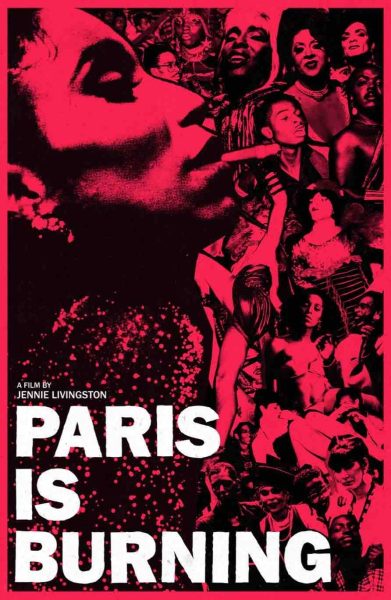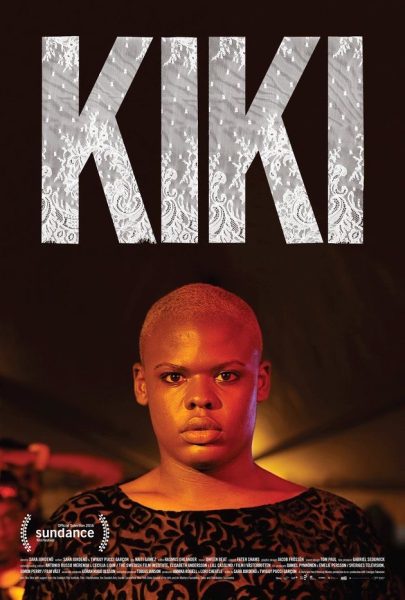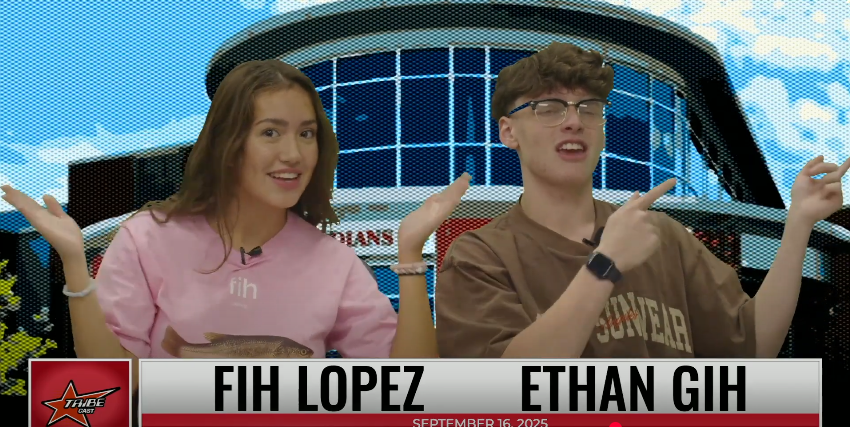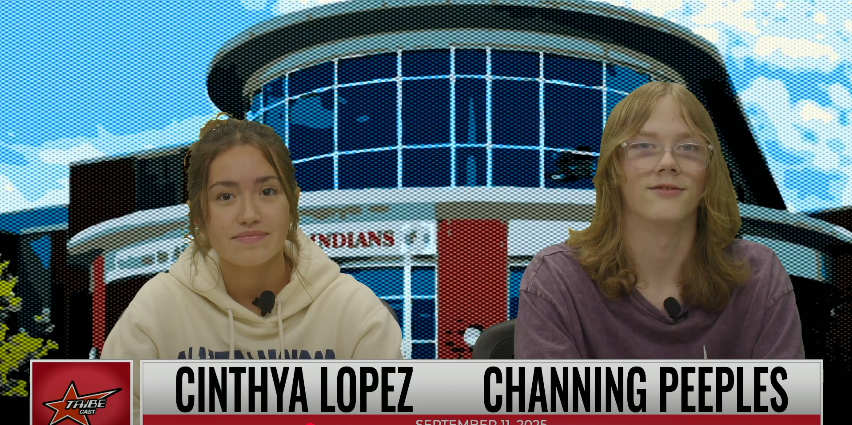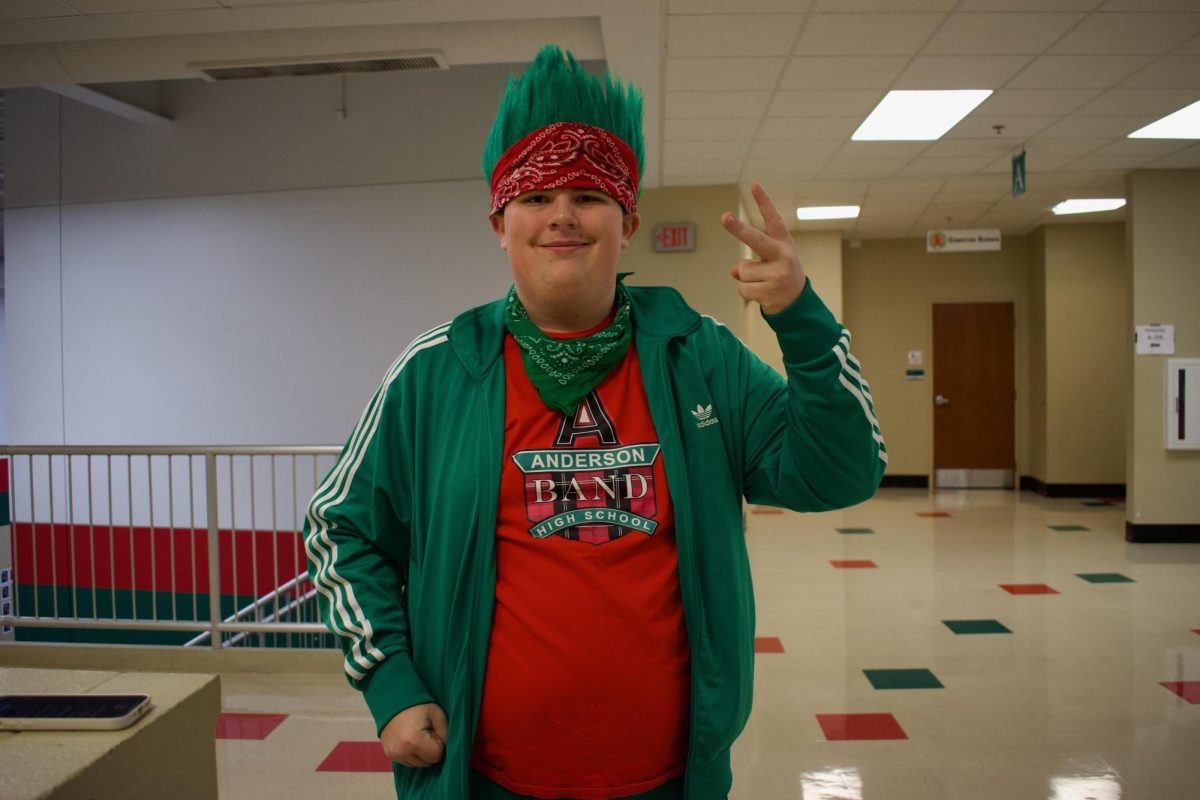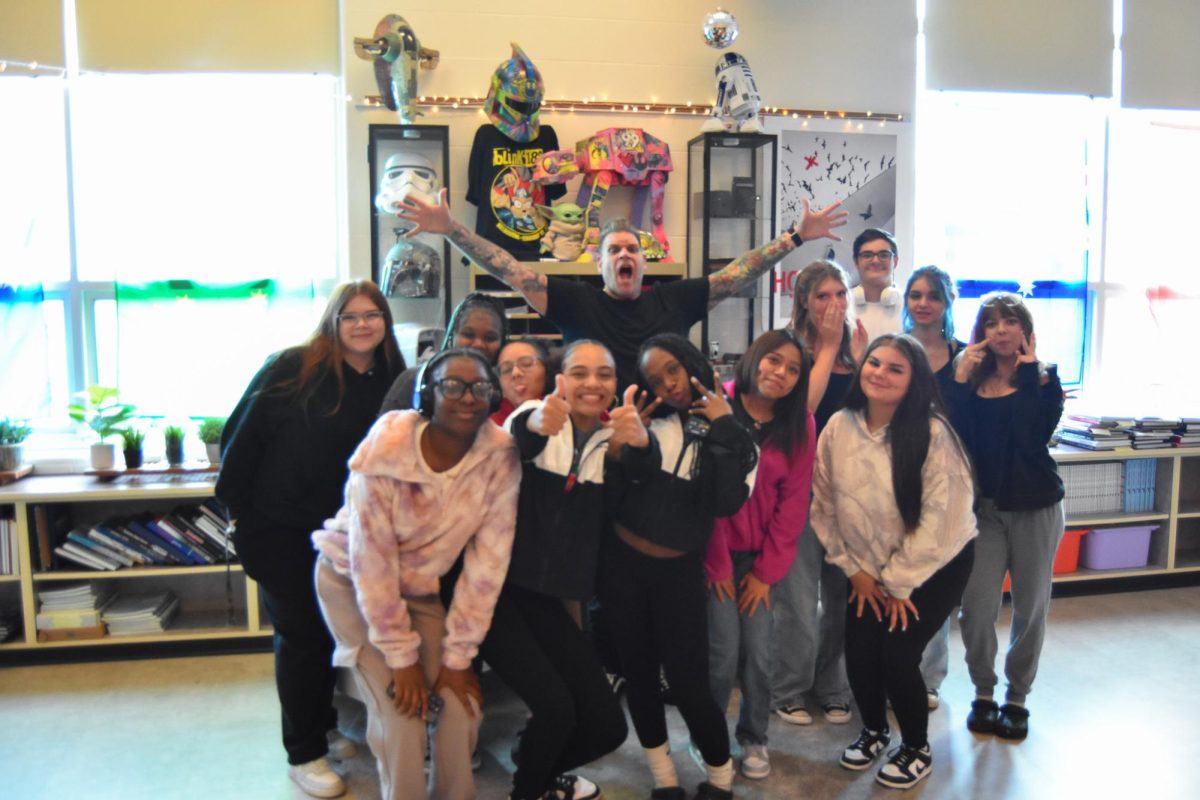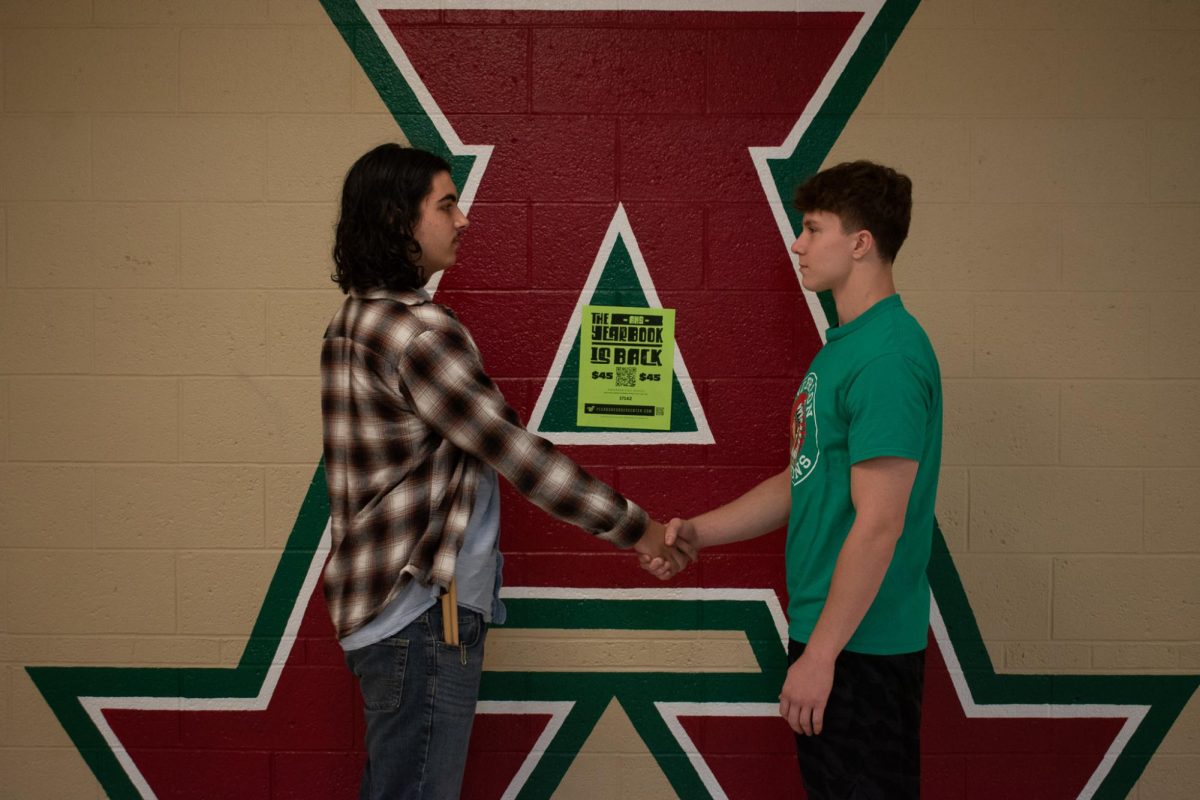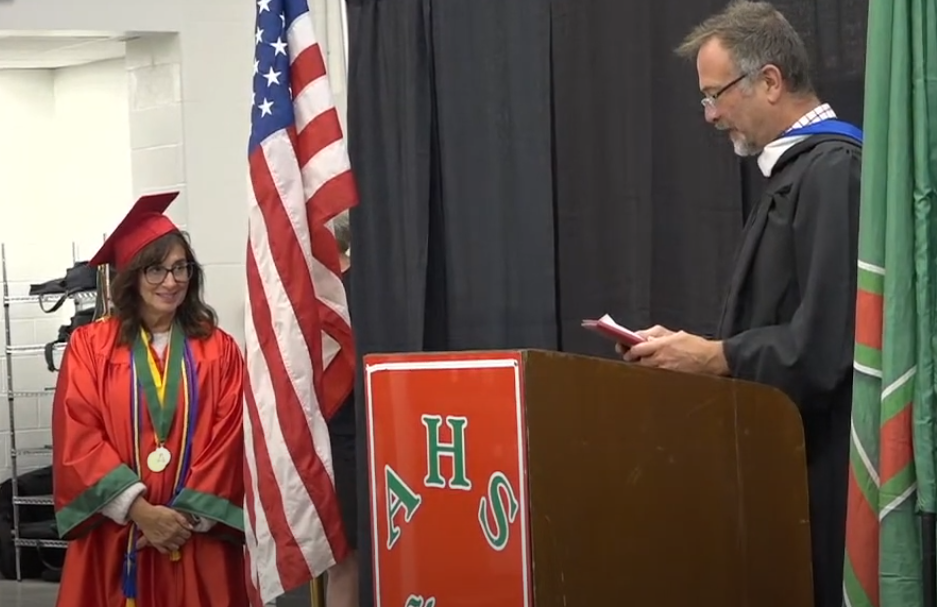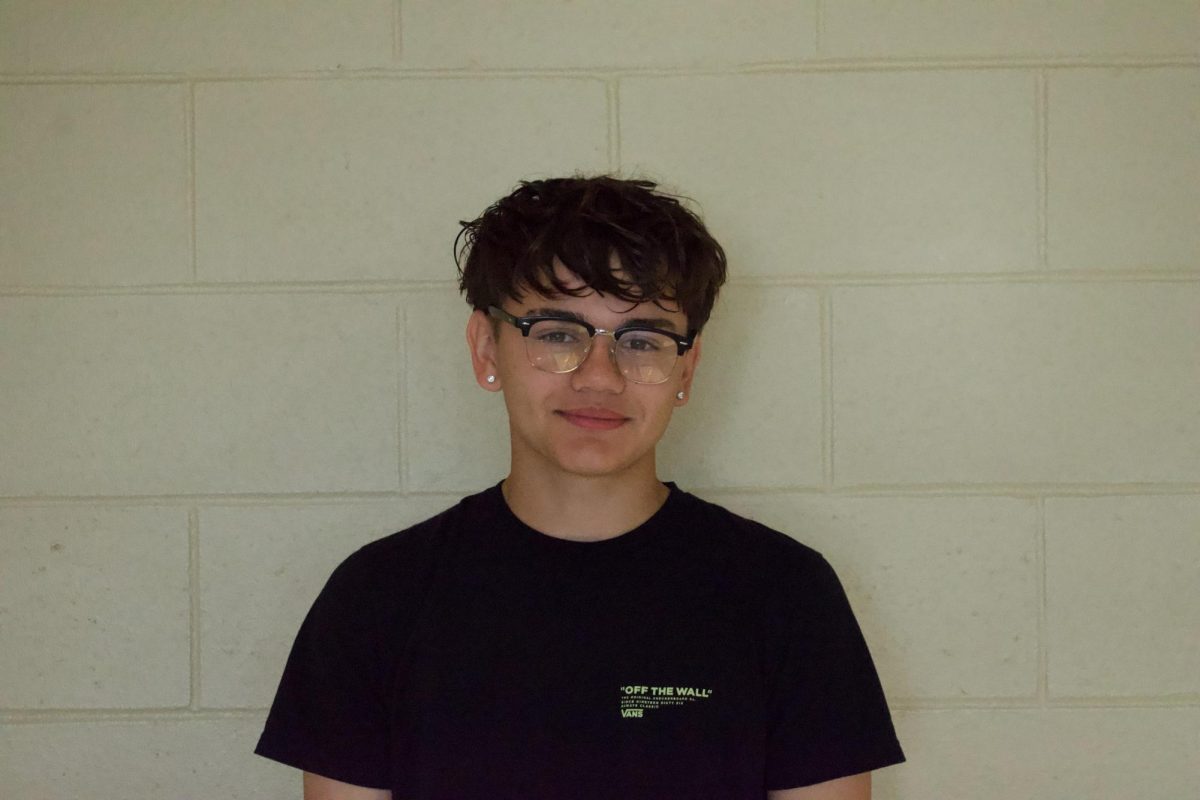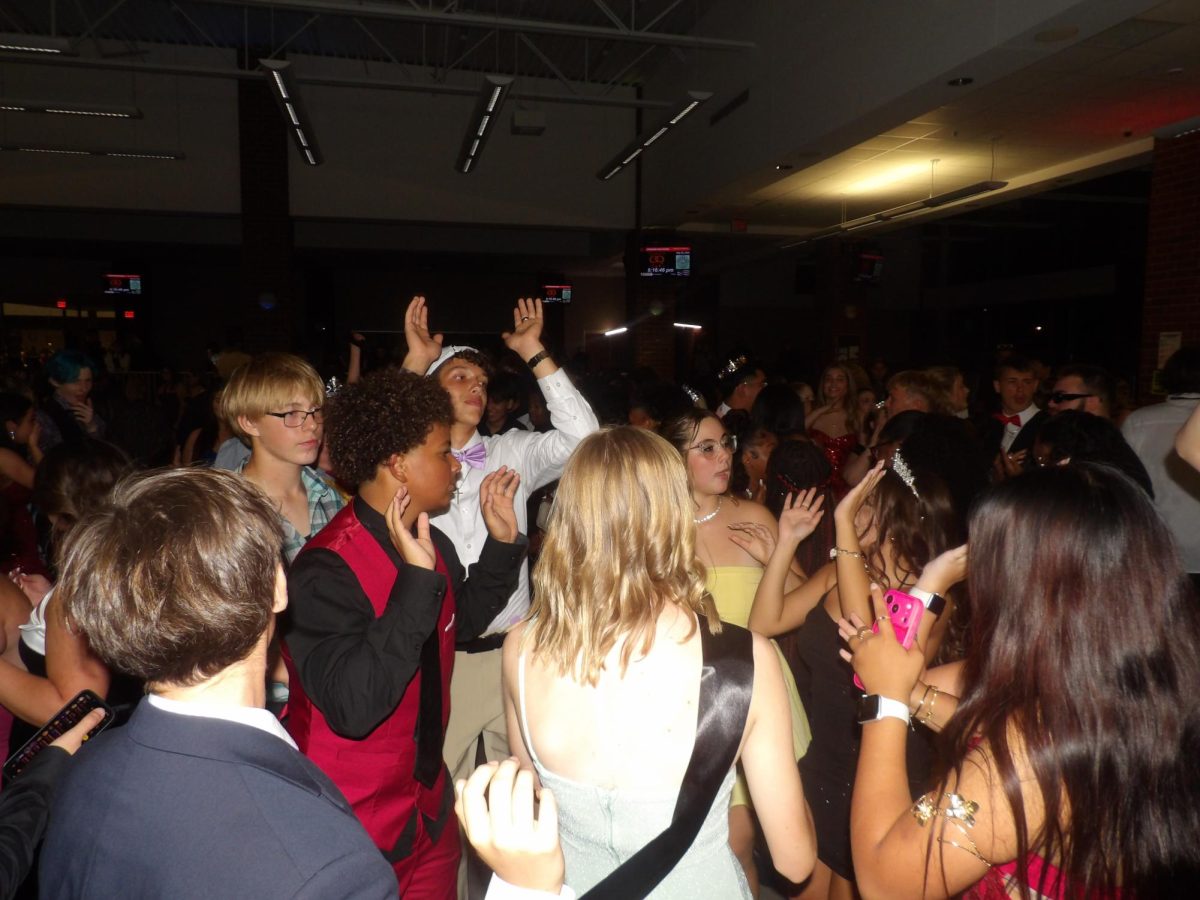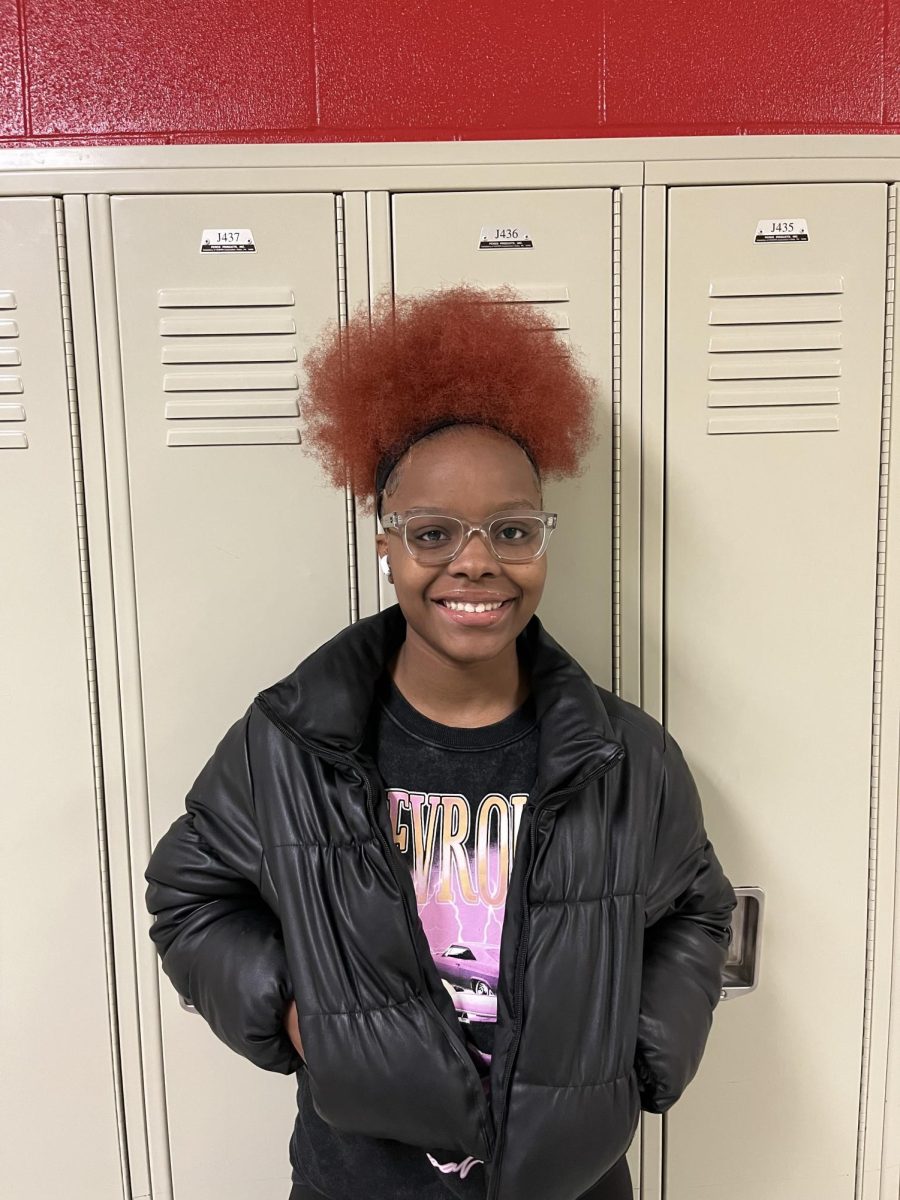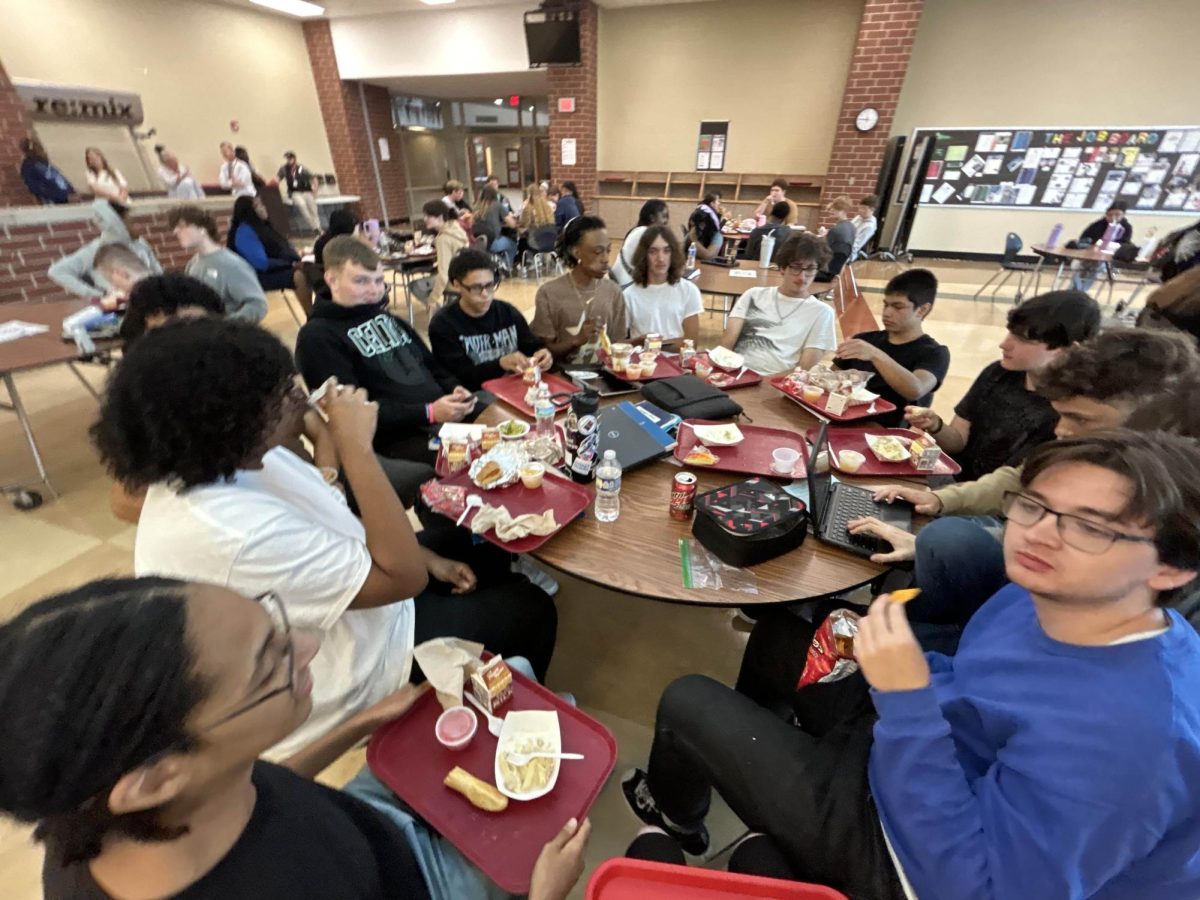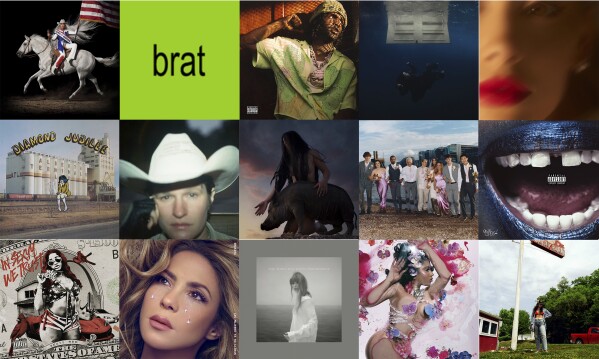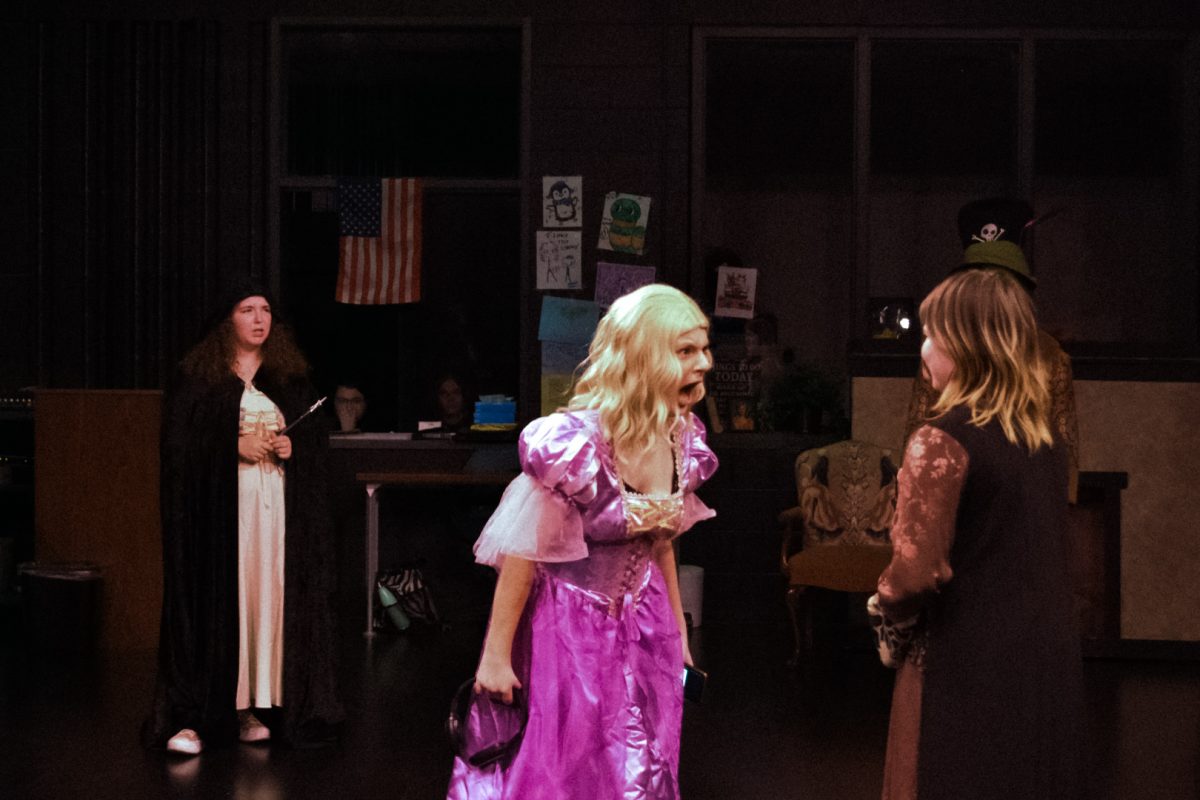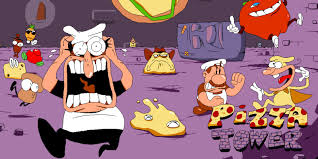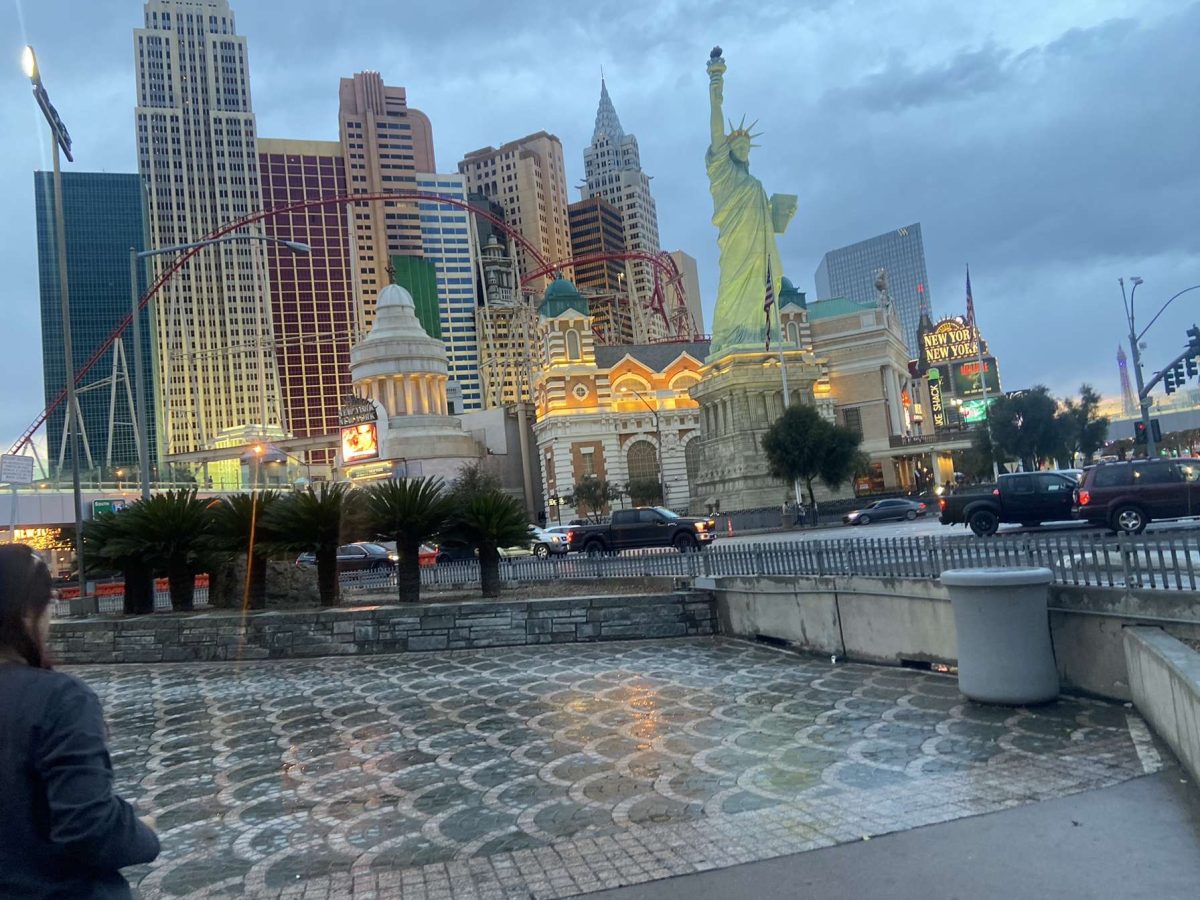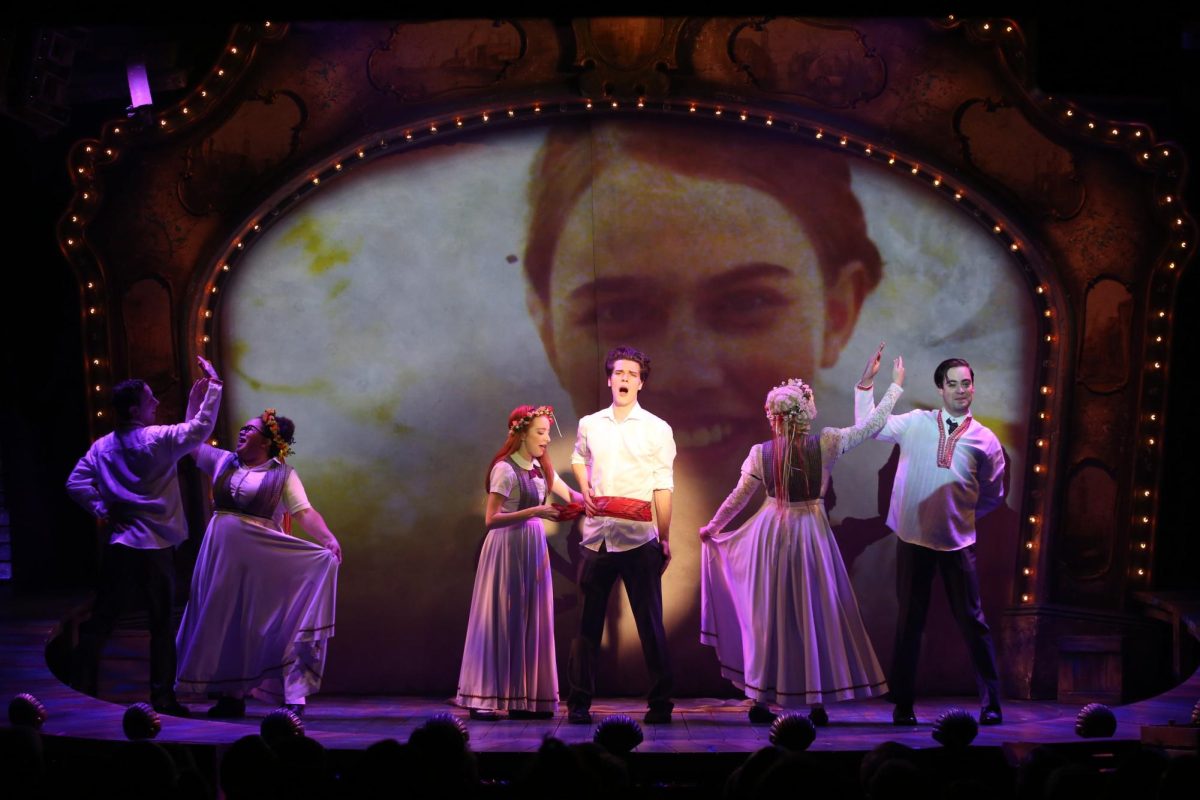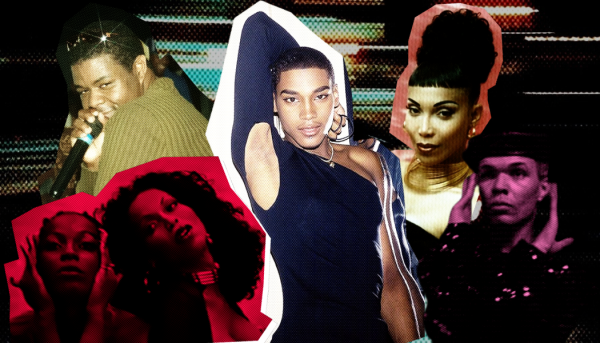
“Whatever you want to be, you be.” – Junior LaBeija, Paris Is Burning (1990)
The Black ballroom scene of the ’90s and 2000s was more than an underground movement; it was a cultural uprising. Embedded in creative expression, resilience, and chosen family, ballroom nourished Black and Latinx LGBTQ+ individuals with a chance to flourish. While the balls were typically filled with astonishing performances and ferocious competition, their impact extended far beyond the ballroom floor, influencing popular trends, music, slang, and media.
The Evolution of Legendary Houses
Ballroom was built on the foundation of houses —which are chosen families guided by house mothers and fathers who offered advice, guidance, and safety, particularly for Black and Latinx LGBTQ+ individuals who often encountered disapproval from their biological families. These houses weren’t just social groups; they were lifelines, developing a sense of individuality, community, and purpose for their members.
Amongst legendary houses, like the House of Saint Laurent, House of Extravaganza, House of Ninja, House of Mugler, House of Ebony, and House of LaBeija, came to be cultural powerhouses, known for their stature in showdowns—powerful, high-energy battles where houses faced off in categories that featured fashion, dance, and “nerve”. These competitions weren’t just about winning a trophy; they were about status, admiration, and being legendary. A successful performance could strengthen a house’s legacy, establishing trends that would influence not only ballroom but also mainstream fashion, music, and even pop culture.
Houses became powerhouses not only because of their competition wins, but because they created the culture itself. They pushed the limitations of creativity, togetherness, and family depicting the ballroom scene as a space of unapologetic identity and strong community.
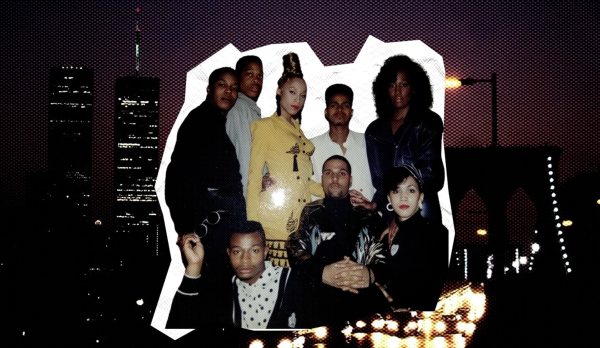
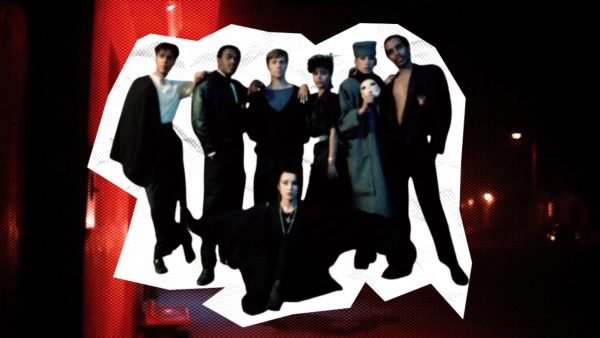
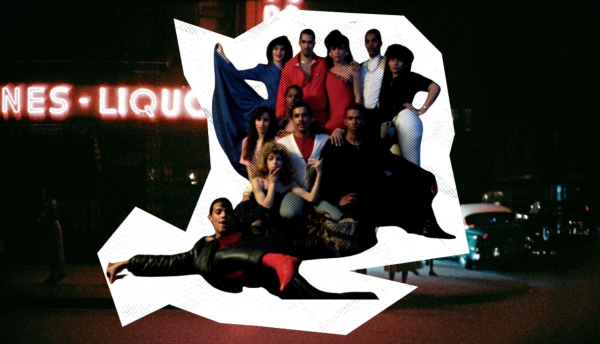
The Evolution of Voguing
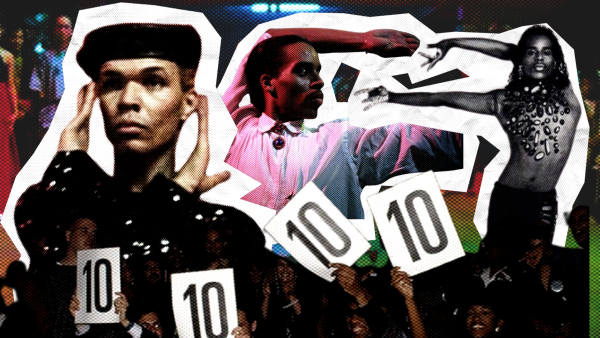
Voguing, the dance style of originating In the ballroom scene, evolved over time. The Old Way concentrated on exactness, symmetry, and controlled poses, at times taking inspiration from ancient Egyptian art and hieroglyphs, as well as the stylized poses found in fashion magazines like Vouge. On the other hand, the New Way introduced more flexibility, theatrics, and detailed hand movements. Performers like Willi Ninja, the “Grandfather of Vogue,” and Paris Dupree, the eponym of Paris Is Burning, helped pioneer the art form, propelling it into the spotlight.
The Iconic Faces of Ballroom
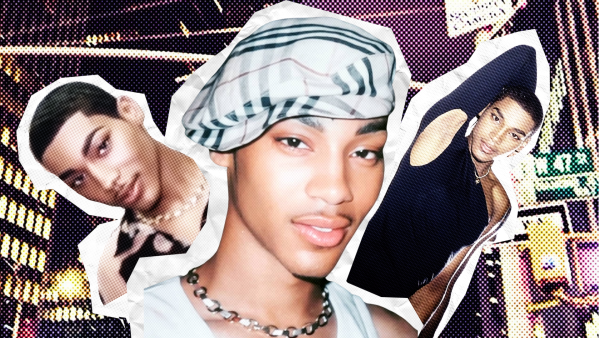
The ballroom scene has also been crafted by many powerful people whose flair and style go on to inspire. Javonta Miyake-Mugler, one of the most absolutely iconic butch queen faces, was known for his flawless beauty and face card (A term used to describe someone who possesses striking facial beauty, symmetry, and confidence). In ballroom, butch queens are gay men or queens who exemplify a more masculine appearance while still embodying a feminine essence. As a prominent member of the House of Miyake-Mugler, Javonta’s strikingness set a high standard, influencing multiple butch queens in the ballroom scene.
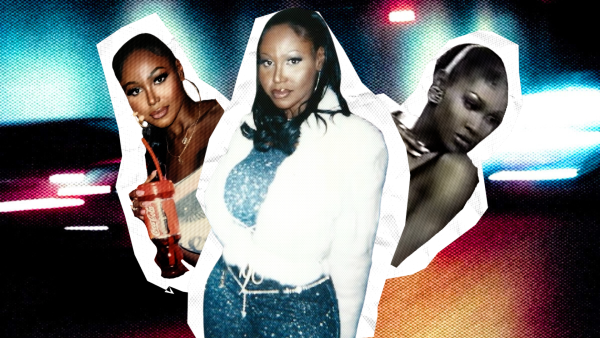
Kerri Mizrahi is legendary for her part as a femme queen face in the ballroom scene. Femme queens are commonly transgender women or queens who exemplify an hyper-feminine look. Kerri is known for her fierce spirit and stunning fashion, often mixing high fashion with the picturesque style of ballroom. Her unashamed existence and attention to detail in her looks inspired many to adopt their own strength and confidence, making her a true icon within the black trans community.
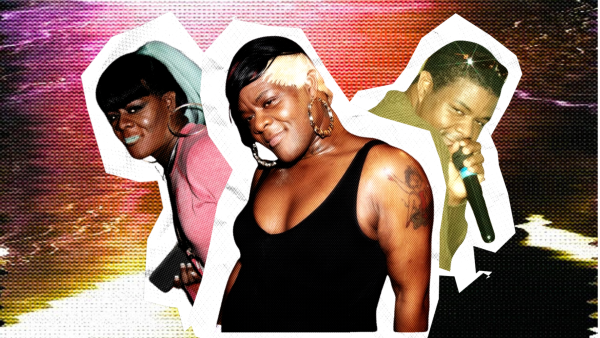
Another significant role in ballroom is the emcee or MC. MC Debra, a legendary ballroom emcee, charged the scene with her fierce voice and extroverted presence. As an emcee, she was the voice that brought energy to each ball whether it be presenting categories or simply hyping up the people who are participanting in those categories, keeping the energy high and making every performance memorable and extraordinary.
Ballroom’s Impact on Pop Culture
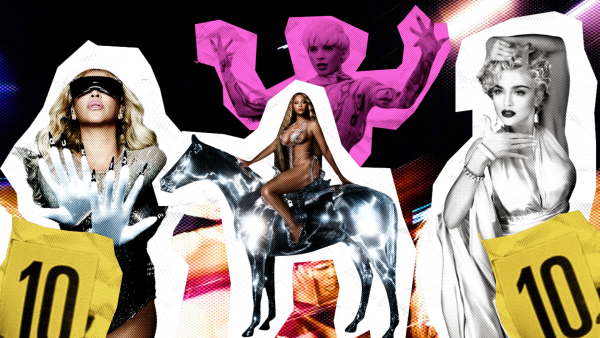
What began in Harlem’s underground clubs is now intertwined into today’s pop culture. Ballroom-inspired dance moves can be seen in many types of media whether it be music videos or concerts from artists like Madonna in her Vogue music video and Beyoncé’s Renaissance album which highlighted Queer culture specifically within ballroom. The slang is also prominent in today’s culture which can be terms like shade, realness, or even slay are now a part of everyday conversation whether it be on social media or conversations with people. Fashion houses and designers continue to pull inspiration from ballroom’s O-P-U-L-E-N-C-E, proving that what was once niche is now widespread.
The Legacy Continues to Live On
Ballroom in the ’90s and 2000s was a support system for Black and Latinx queer communities, providing a stage for creative expression and livelihood. It wasn’t just about flamboyance and style…it was about defiance, artistry, and community. Nowadays, ballroom continues to flourish, impacting new generations and forming culture worldwide.
Want to Learn More?
Check out documentaries like Paris Is Burning and Kiki or explore ballroom footage on YouTube to see this vibrant culture firsthand.
